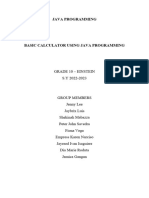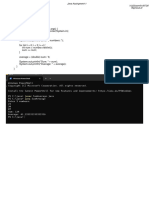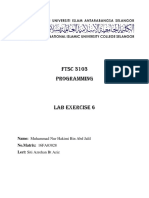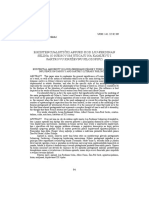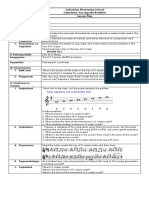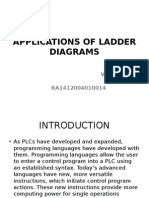0% found this document useful (0 votes)
21 views31 pagesJava Praticals
The document contains a series of Java programming experiments, each with a specific aim and corresponding code. The experiments cover various topics including basic output, arithmetic operations, finding the greatest number, calculating marks, summing natural numbers, creating an analog clock, developing a scientific calculator, creating a word processor, capitalizing the first letter of a sentence, and handling custom exceptions. Each experiment includes the program code and its intended functionality.
Uploaded by
anushkakotiyal1Copyright
© © All Rights Reserved
We take content rights seriously. If you suspect this is your content, claim it here.
Available Formats
Download as DOCX, PDF, TXT or read online on Scribd
0% found this document useful (0 votes)
21 views31 pagesJava Praticals
The document contains a series of Java programming experiments, each with a specific aim and corresponding code. The experiments cover various topics including basic output, arithmetic operations, finding the greatest number, calculating marks, summing natural numbers, creating an analog clock, developing a scientific calculator, creating a word processor, capitalizing the first letter of a sentence, and handling custom exceptions. Each experiment includes the program code and its intended functionality.
Uploaded by
anushkakotiyal1Copyright
© © All Rights Reserved
We take content rights seriously. If you suspect this is your content, claim it here.
Available Formats
Download as DOCX, PDF, TXT or read online on Scribd
/ 31














